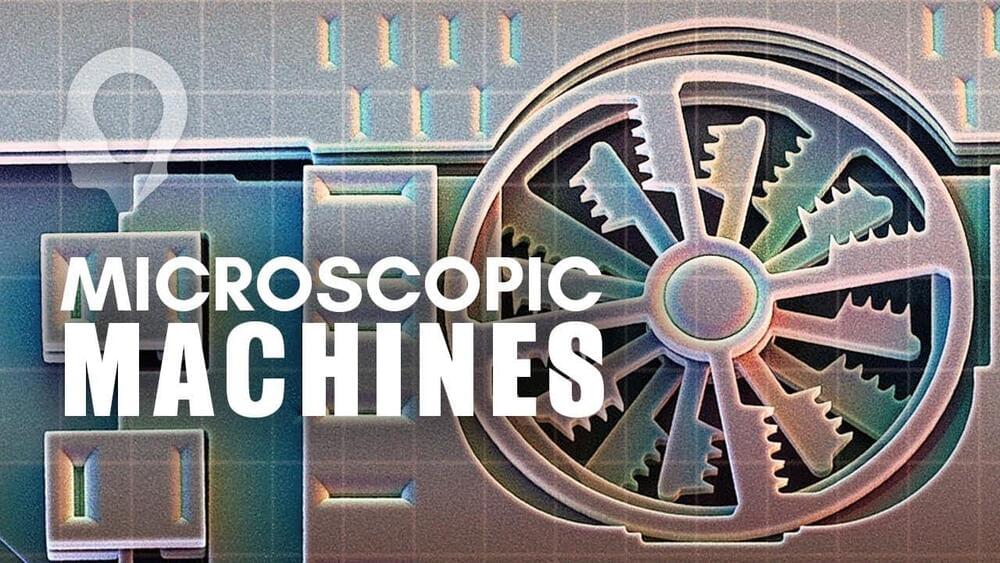Dec 26, 2021
Get Used to Chip Shortages: They Are Not Going Away Anytime Soon
Posted by Gemechu Taye in categories: computing, transportation
Experts are estimating the crisis will last till 2023.
There’s no denying that there is a global chip shortage. Last month, we reported how Japan had committed $5.2 billion (roughly 600 billion yen) toward providing support for semiconductor manufacturers in a bid to help solve the world’s ongoing chip shortage.
But is that enough? It seems not. During a recent earnings call, Micron CEO, Sanjay Mehrotra, told investors that it is clearly not.
Continue reading “Get Used to Chip Shortages: They Are Not Going Away Anytime Soon” »

















